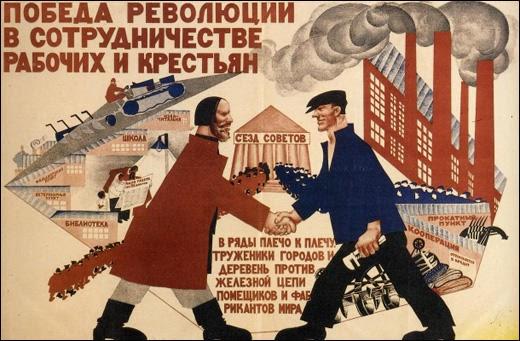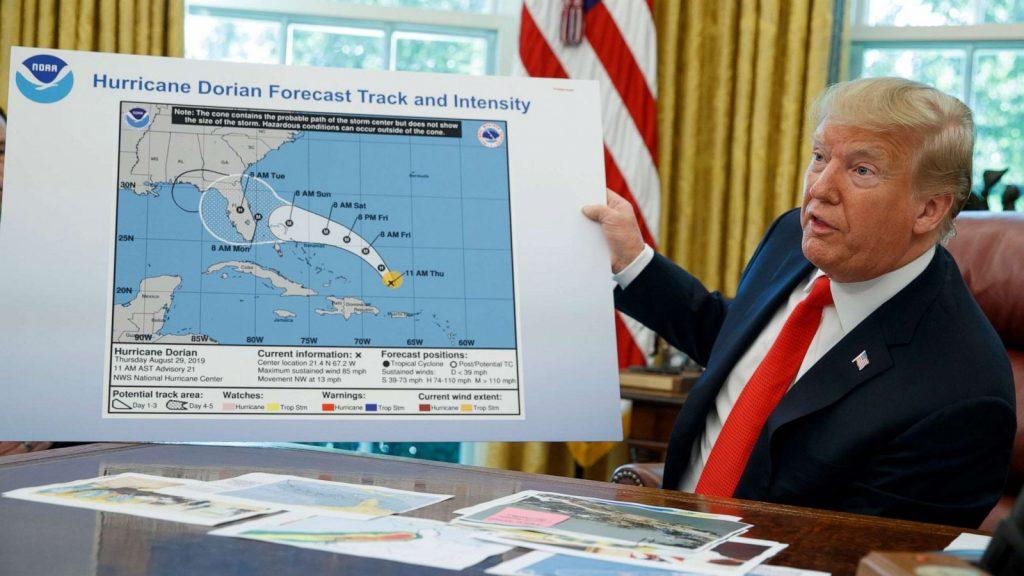
Someday soon, somebody will write the definitive history of Donald Trump’s perversion of science. How, during a global pandemic, he has taken a profound anti-science position and undermined the very people with the knowledge that we the people, as a nation, depend upon to survive. How scientific guidelines on the website of the Centers for Disease Control appear and disappear and reappear again, revised and revised and revised again, with confused and contradictory messaging on how we might protect ourselves and others from viral transmission; how firm directives written one day are then released the next as softer, optional suggestions; how information intended to protect people working in meat processing plants, standing shoulder-to-shoulder with fellow employees, is censored; how political alchemy transformed masks, and those who use them properly, into symbols of political weakness and enemies of liberty.
Dark fantasies of a renegade deep state take root in the minds of one assistant secretary of health and human services as well as in those of several sitting US Senators and Congressmen and women. They imagine scientists as enemies of the President and insist that public health officials, under the guise of microbiology, are spreading seditious material, that a secret “resistance” unit at the CDC is undermining the ruling party and, by extension, our civil liberties. This oppression is so severe that the Attorney General of the United States compares self-quarantine to slavery. These anti-science fantasies reinforce themselves, becoming so trenchant and pervasive that the medical director of the CDC, in an official hearing of the US Senate, must throw the ice-cold water of rationality on such wild plots and fever dreams. Lacunae–the mark of what cannot be said or what must be left unsaid, the painful sign of self-censorship–becomes the trope of choice for Drs. Fauci, Redfield, Giroir, and Brix, when they speak with the President at their sides. When we look back on this moment, lacunae may be one of the strangest and most haunting tropes of our nationalist authoritarian style.
Someday this perverse history of anti-science will be written, and it will be written with the capacity afforded by distance and with the relative luxury of some still-unknown closure, by someone who has collected all of the data and primary material, interviewed the traumatized scientists and doctors, researched the twisted turns of policy, developed historical timelines and–with all of these files, zip drives, and databases at hand–has the perspective to tell the story. Right now, too much noise, too many interruptions, too much to track, unfolding too fast. What we can offer: some evident parallel examples, distant and proximate, for context, for comparison.

In 1928, the Soviet dictator Josef Stalin issued his first of many infamous five year plans. The plan would supercharge the process of collectivization in all forms of industry in the USSR, creating a universal image and practice of the Soviet worker in the industrial workplace. In Stalin’s mind, a strong Soviet economy needed to assert itself on the world stage, projecting a polished sterling reputation of communism as a viable method of government for all to see. Collectivization as a means to these ends was pursued with the fervor of a ruthless colonial enterprise.
The five year plan would also usher the exile of writers, artists, and intellectuals. Scientists whose work did not support the State’s official positions lost influence and eventually their positions in state-sponsored laboratories, the only place where research was possible in the anti-science USSR. Official Soviet science forged all paths of inquiry in the foundry of Stalin’s five year plan. All scientific questions had to be framed in terms of the official Soviet policy of collectivization, measured in the outcomes of national productivity, and understood as part of the effort to industrialize labor. Every sphere of production was a factory. All workers were modern proletarians.
Almost no sphere of Soviet society resisted collectivization more than peasant farmers, whose work depended on the natural cycles of seasons, on the changeable conditions of weather, and the effects of these on soil fertility and plants. These older methods and conditions of production infuriated ideologues who insisted upon modernizing the farms, mechanizing and industrializing the techniques for growing the food that would sustain the bodies that formed the base of this brave new economy. The state seized peasant lands and introduced large-scale mechanical farming technology under the strict control of regional administrators, all the while tractors and combines languished in warehouses. All traditional methods of farming were banned, and land-owning peasants became “class enemies,” targeted by the state for deportation, exile, even execution.

Odd pseudo-scientific characters emerged on the scene, speaking strange hypotheses. Enter one Trofim Lysenko, who thought that he could increase food production by forcing plants to yield crops year-round. Lysenko advocated for the Marxist idea that environment is the ultimate determination of nature, and by denying the existence of genes and genetic traits, he thought that he could change the fundamental behavior of plants, compelling winter cereals to produce in the spring and spring cereals to produce in the winter. Lysenko then began experimenting with the process of plant re-education, exposing them to conditions and temperatures contrary to their natural cycles, trying to force their productivity in a variety of circumstances. Lysenko believed that plants would remember these environmental cues and pass the memory down to their progeny. Stalin was all-in for this anti-science fiasco, since it suited his theories of collectivization, hammer to sickle.
Crop yields fell dangerously. Several years of brutal famine developed, as a direct consequence of Stalin’s anti-agrarian, anti-science, anti-peasant five year plan and Lysenko’s anti-genetic science. Because the Soviet State conveniently did not keep death records, the reported numbers of fatalities vary widely, but all agree that they number in the millions, from 3.3 to 7.5, in the Ukraine alone.

On June 13, 2019, the Trump administration announced the abrupt closure and relocation of two key science research agencies of the US Department of Agriculture. Scientists working in those agencies, long headquartered in Washington D.C., would have 30 days to decide whether they would move their research labs and teams, their spouses and their children, to Kansas City, Missouri. The government had not yet identified offices or labs or places to live for the more than 250 scientists they had abruptly asked to relocate. The initial alibi of cost effectivity blew away when Mick Mulvaney revealed the real anti-science cards in his hand: he wanted to empty the government of as many scientists, statisticians, and economists as possible. Upon notice of this sudden change in their terms of employment, the scientists were given a form with one of two boxes to check: accept the move or “be separated from the agency by adverse action procedures.” Failure to respond would be understood as a resignation. There would be no exceptions.
Many scientists have since resigned, have sought positions elsewhere, retired, or have requested extensions for medical reasons. The USDA is currently expecting a staff attrition rate of 90% in the offices of Economic Research Service (ERS) and the National Institute for Food and Agriculture (NIFA), two key scientific research departments which conduct critical research about agricultural conditions and practice in the US and abroad. Studies made by these departments include: analyzing the effects of our increasingly carbon-heavy environment on crops and soil, the consequent changing nutrient values of food, the effects of more frequent flash floods, fires, and extreme heat, and other extraordinary weather events on the farming conditions of agricultural areas. While the research that the USDA conducts may not specifically engage with the causes of climate change, its science serves the needs of farmers who must now anticipate both known and not yet known implications of hotter summers and wetter winters, of drought and wildfires, of soil erosion, and stronger, more frequent hurricanes and tornadoes.

One recent study conducted by the USDA examines how higher levels of carbon dioxide accelerate the process of photosynthesis in grass, which reduces the protein content of this mainstay diet of cows. Another study examines how higher environmental carbons deplete the vitamin content of rice, a key staple in the food of more than 600 million people worldwide. Still another study examines how farmers in the Mississippi Delta could prepare for more frequent flooding on their farms by protecting the nutrients in their soils with cover crops. One of the main threads that runs through these studies, and indeed all of the efforts of the US Department of Agriculture: to understand the forces of weather and economy and growing practice on our national, and sometimes international, food supply and to protect global agricultural economies by understanding the specific conditions of regional farming.
Although the USDA drafted press releases for these and other studies, the Trump’s anti-science administration buried them. They did not find their way to the White House Press briefing room, for its theater was dark at the time of their writing. They will not find their way there now, because the briefing room itself has become the chief locus of our national propaganda minister. Nor can they be delivered by the scientists who wrote them or who conducted the research underlying them, for these Cassandras now wander homeless or unemployed, through the corridors of our nation’s capital or up and down the mean streets of Kansas City, looking for laboratories and office space and for we the people, who really do need to hear what they have to say.
